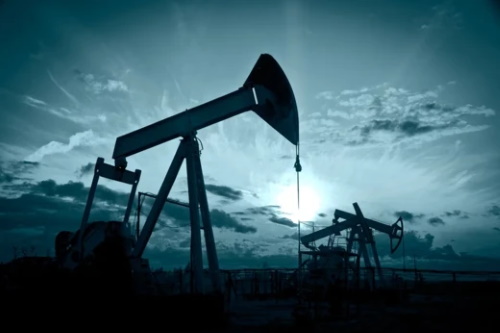The Most Common Project Risks in the Oil and Gas Industry

Risk management makes up a vital part of effective risk management. However, risk management programs may vary greatly from project to project. Unfortunately, some industries, such as the oil and gas industry, may be prone to the recurrence of specific risks prior to, throughout, and after a project.
Furthermore, projects in the oil and gas industry often span decades, and effective risk management must continually change to meet changing demands. The most prevalent project risks in the oil and gas industry revolve around five key factors.
Political Risk
The oil and gas industries do not have the luxury of operating in any specific portion of the world. Instead, these industrial projects must take place at the site of drilling, extraction, or refinement. As a result, the industry may face challenges with numerous political entities and governments.
If a government in one portion of the world refuses to allow access to oil deposits, the company could suffer a severe setback. Additionally, political climates change, and today’s political opinions do not necessarily reflect those of future administrations.
Supply and Demand Risk
As society moves towards “green” initiatives and sustainability, the oil and gas industry faces extreme uncertainty. Newer technologies may make access to fossil fuels easier, yet the consumers hold the power to enact the change in price. For example, a widespread boycott or strike may result in severe problems in price of oil and gas. Furthermore, the economies of various countries can impact the price of oil and gas.
If one economy tanks and another economy suddenly rises, the offset could result in a drop in price. As a result, the overall profits to the extraction company fall.
Extraction Risk
Depending on geological boundaries, the cost to extract oil and gas remains a top priority for project managers in the industry. In some cases, extracting more material from large deposits may incur an additional cost to bypass natural barriers.
Unfortunately, some of these barriers may not be easily identified prior to drilling, and the losses for drilling in one area may easily exceed the potential losses for traditional methods of drilling in a reputable area.
Operational Risk
Similarly, cost risk impacts the profitability of an operation in the oil and gas industry. Skilled workers must be retained during periods of slow production, and new regulations may warrant higher wages and reduced insurance premiums for such workers.
If a given project suffers an accidents, such as offshore explosion, the financial impact for the company could devastating. Each of these potential costs and operational risks correlate directly to extraction risk.
Environmental Risk
Environment risk is one of the trickiest risks to understand in the oil and gas industry. Society cannot survive without oil and gas in modernity; however, many different movements and alternative energies have been created to reduce the environmental impact from the oil and gas industry. Environmental risk can change with a social media campaign or in synchronicity with political events.
Risk management in the oil and gas industry is constantly changing, and specific risks will always be present. Understanding these risks can dramatically reduce their impact; however, some risks may be entirely unavoidable and cause failure of a project.
Key Takeaway
- Political changes, legislative action, and changes in environmental policy pose significant threats to the oil and gas industry.
- Consumers’ behaviors influence supply and demand risk and are unpredictable.
- Extraction risk typically involves hard-to-access oil and gas.
- Operational risk involves potential problems that may arise throughout an operation, such as labor strikes, increased wages, and the overall cost of operation.
Resources: www.investopedia.com, www.pegasus-global.com